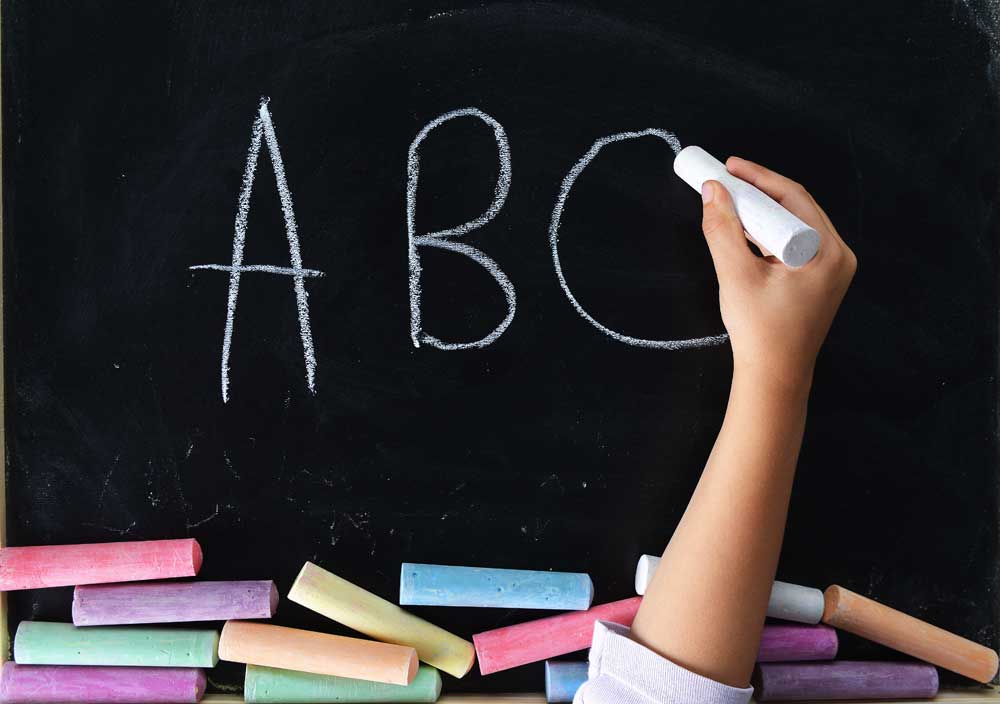 PAF is an Orton-Gillingham based reading intervention for students with dyslexia, language-based learning disabilities, and reading disorders. PAF stands for “Preventing Academic Failure.” PAF is an interesting name for a program because preventing something usually has a negative connotation. To prevent forest fires, one must be very cautious while hiking in the woods. To prevent lung cancer, one must avoid cigarettes and being around those who smoke.
PAF is an Orton-Gillingham based reading intervention for students with dyslexia, language-based learning disabilities, and reading disorders. PAF stands for “Preventing Academic Failure.” PAF is an interesting name for a program because preventing something usually has a negative connotation. To prevent forest fires, one must be very cautious while hiking in the woods. To prevent lung cancer, one must avoid cigarettes and being around those who smoke.
The above examples are slightly extreme, but you can not help but notice how the word “prevent,” strikes a chord in your mind and makes you pay attention. The “Prevention” part of PAF, is part of what leads to the program’s success. The specific goals of PAF are (1) to give students the tools to read cohesively, (2) to write fluidly, and (3) to spell with ease. PAF provides a road map that is carefully planned so that the student’s abilities grow in specific (and measurable) ways. The confidence gained by students during this program leads to success as well.
The goals mentioned above: reading, writing, and spelling, are tackled by using a multi-sensory approach to learning. A thoughtful educator often differentiates lessons to gear them to different types of thinkers in the classroom. This difficult skill is something that teachers strive to cultivate in their practice, but it can be an arduous task. The PAF program assists teachers by providing lessons that incorporate the multi-sensory ideals instantly so the student is able to immerse themselves into literacy lessons. The multi-sensory approach of PAF accesses the visual, auditory, and kinesthetic abilities of the student with each lesson. Providing students with three avenues to reach their goals allows them to feel successful about approaching the work itself, whatever it is.
The multi-sensory approach is proven to reach students even while they are struggling with the reading process. PAF is a great system because it provides:
- explicit phonics lessons
- a clear and logical order in which concepts should be relayed to students
- oral reading exercises
- repeated readings that ask students to exercise different skills
- decoding practice
- a clear integration of reading, writing, and spelling, and comprehension strategies
By taking each of these into consideration and consulting the teacher’s guide to PAF, all kinds of students will feel successful and become more excited about literacy.
PAF is incredibly beneficial to students who are just learning to read, as well as those students with dyslexia, other reading disorders, or other language-based learning differences. PAF teaches alphabetic principle, higher-level word analysis skills and comprehension strategies directly. The goal of PAF is to instruct with minimal frustration and produce maximum success for teachers and students alike.
Written by: Editorial Team, My Learning Springboard, Inc.